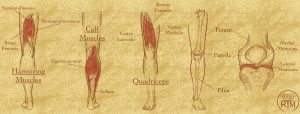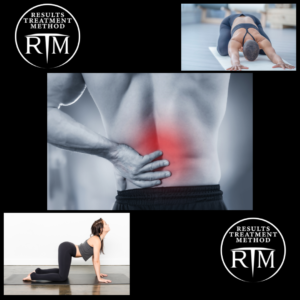When it comes to injury recovery and prevention, two important terms are often thrown around: rehabilitation and prehabilitation. While both involve physical therapy, their purposes are quite different. Rehabilitation focuses on recovering from an injury or surgery, while prehabilitation is all about preparing the body to avoid injury or optimize recovery outcomes. Understanding the distinction between these two approaches can help you or your loved ones get the most out of physical therapy.
What is Rehabilitation?
Rehabilitation, or “rehab,” refers to the process of restoring function and mobility after an injury, surgery, or illness. The goal of rehabilitation is to help patients recover from an existing condition by reducing pain, improving range of motion, and strengthening affected areas. It’s often prescribed after an event like a surgery (e.g., joint replacement), an accident (e.g., a sports injury), or a health crisis (e.g., a stroke).
Key elements of rehabilitation include:
- Pain management: Techniques like manual therapy, exercises, and sometimes modalities such as heat, ice, or electrical stimulation help reduce discomfort.
- Restoring mobility: Through stretching and exercises, therapists work on regaining range of motion in the injured or affected area.
- Strengthening: Rehabilitation often includes exercises to strengthen muscles around the injured area to prevent further damage.
- Functional training: Tailored exercises help restore everyday function, whether it’s walking, climbing stairs, or returning to a sport.
The rehabilitation process is reactive—focused on healing what has already happened. It’s vital for regaining independence, minimizing long-term issues, and avoiding future complications from the same injury.
What is Prehabilitation?
Prehabilitation, or “prehab,” is the proactive counterpart to rehabilitation. Rather than waiting for an injury or surgery to happen, prehabilitation involves preparing the body in advance to reduce the risk of injury or improve post-surgery outcomes. Prehab is often prescribed before a planned surgery, like a knee or hip replacement, but it’s also becoming more popular in athletic training to help athletes prepare their bodies for the physical demands of their sport.
Key components of prehabilitation include:
- Strengthening weak areas: Prehab identifies vulnerable areas of the body and focuses on strengthening them to prevent injuries.
- Improving flexibility and mobility: Just like in rehab, prehab works on improving range of motion, but the goal is to prevent limitations rather than fix existing problems.
- Enhancing balance and coordination: This helps reduce the risk of falls or accidents, especially important for older adults or athletes.
- Optimizing recovery: Prehab helps patients go into surgery in better physical condition, which often leads to faster and smoother recovery times.
In short, prehabilitation is about building a body that is more resilient, improving strength, balance, and flexibility so that if or when an injury occurs, the body is better equipped to handle it. It’s also commonly used to minimize post-surgical complications.
The Benefits of Prehabilitation
While prehabilitation may seem like an extra step, it can make a huge difference in both recovery and injury prevention. For example:
- Faster recovery after surgery: Patients who undergo prehab are often better prepared for surgery, meaning they can start post-op physical therapy sooner, experience less pain, and regain function more quickly.
- Lower risk of injury: Athletes who incorporate prehab into their training routines may avoid common injuries, such as ACL tears, by addressing muscle imbalances or weak areas before they become problematic.
- Improved quality of life: For individuals at risk of falls or repetitive strain injuries, prehab can be a way to maintain mobility and independence as they age.
The Key Differences: Rehabilitation vs. Prehabilitation
To sum up, here are the key distinctions between the two:
| Rehabilitation | Prehabilitation |
|---|---|
| Focuses on recovery after an injury or surgery | Focuses on preventing injury or preparing the body for surgery |
| Reactive: Treats existing injuries or conditions | Proactive: Strengthens the body before injury or surgery |
| Aims to reduce pain and restore function | Aims to prevent pain and optimize recovery |
| Helps you regain lost strength, mobility, and independence | Helps you build resilience and avoid setbacks |
When Should You Consider Prehabilitation or Rehabilitation?
- If you’ve suffered an injury, or are recovering from surgery, rehabilitation is essential to regain your function and independence.
- If you’re preparing for surgery or want to prevent an injury, prehabilitation can help you improve your chances of a smooth recovery and protect your body from harm.
Both approaches have a place in physical therapy, and sometimes they work hand in hand. For example, an athlete might undergo prehabilitation to prepare for a sports season, and then rehabilitation if they get injured. Alternatively, someone preparing for surgery might undergo prehab to optimize their recovery and then transition into rehab after their procedure.
Ultimately, whether you need rehabilitation, prehabilitation, or both, working with a skilled physical therapist can help you achieve your health and fitness goals more effectively. It’s about preparing, healing, and thriving—so you can keep moving forward.
For more helpful information on how the Results Treatment Method can improve your quality of life, read our other blogs at resultsrehab.com/blogs.




